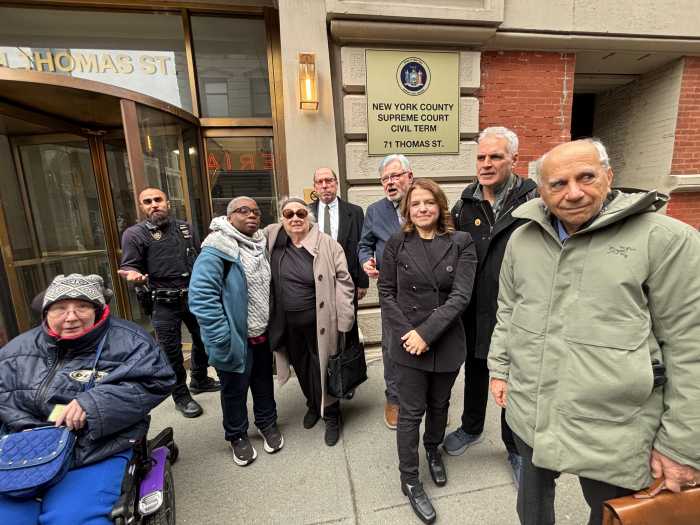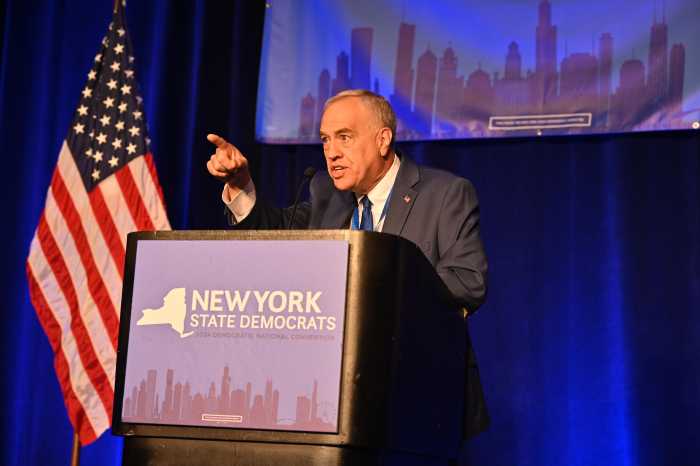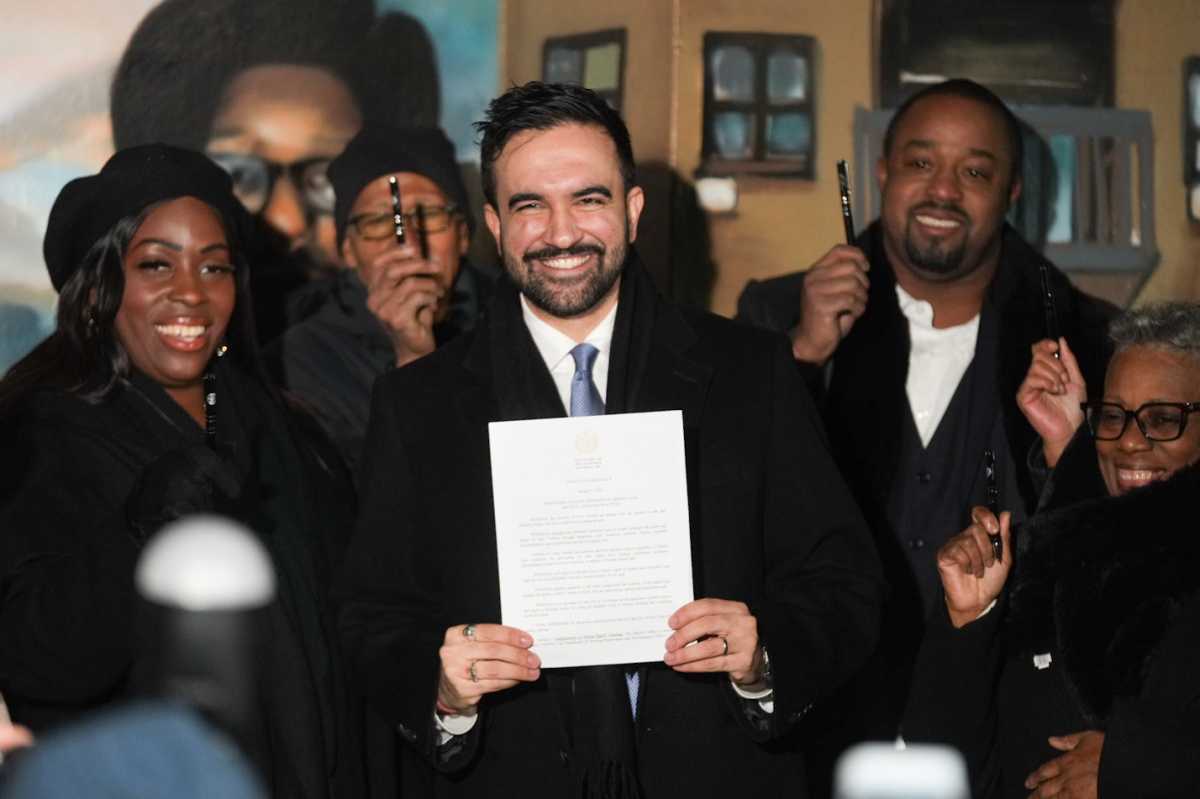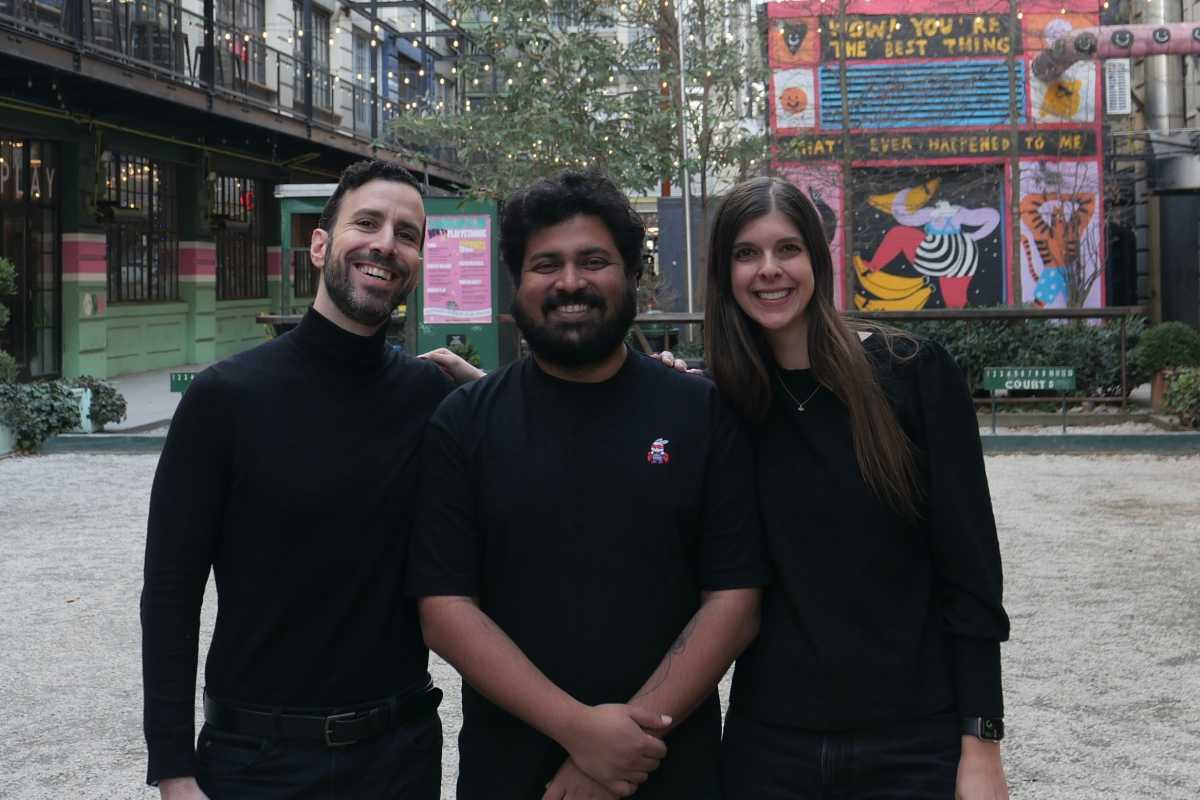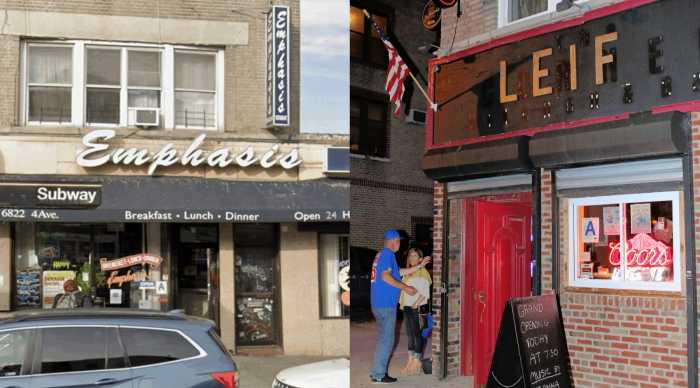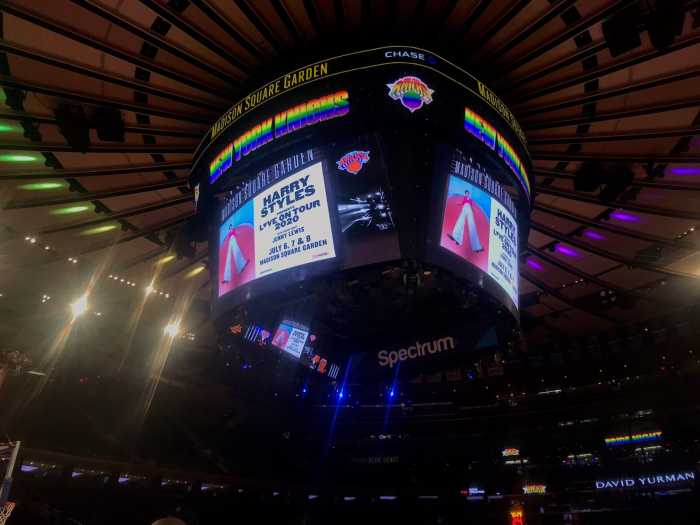More than any other style of architecture, the skyscraper defines New York City’s skyline.
Over the decades, these tall buildings, which teem with industry and ingenuity, have reached new heights to mirror the ambitions of their developers. And those ambitions continue to this day with the opening of One World Trade Center and the construction of new supertall, thin residential towers in midtown Manhattan.
But what is a skyscraper? That would seem obvious to define. But, in fact, it’s not. Carol Willis, the curator of the Skyscraper Museum in lower Manhattan, said they use the “very simple” criteria that a building must be “taller than a cube.” That would seem to make a lot of buildings eligible as skyscrapers.
Other experts say the elevator makes the difference between a plain old building and a skyscraper. “Vertical architecture would be impossible, first of all, without the elevator, the great equalizer of civilization,” wrote Barr Ferree, a leading 19th century architectural critic. If so, that would probably make the 180-foot-tall Equitable Life Assurance Building, the first office building with an elevator, the world’s first skyscraper when it was completed in 1870 at 120 Broadway.
Meanwhile, the Council on Tall Buildings and Urban Habitat, an international organization that tracks and certifies skyscrapers, takes into account a range of criteria in determining the definition of tall buildings, from “height relative to context” and “proportion” to “tall building technologies” such as wind bracing and elevators. “Supertall” buildings are defined as being over 984 feet in height.
However you define skyscrapers, there is a trove of trivia about New York City’s tall buildings just waiting to be unearthed.



